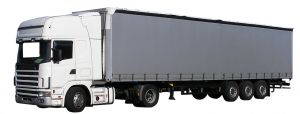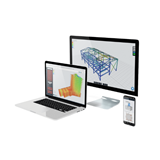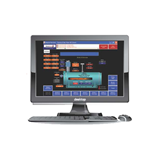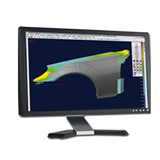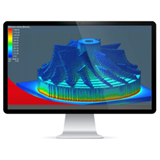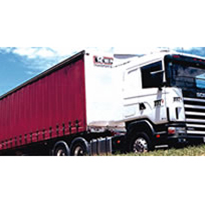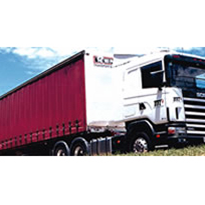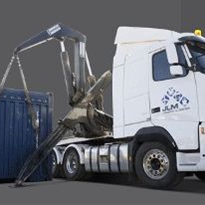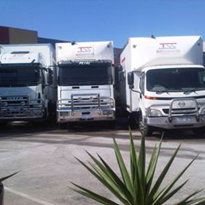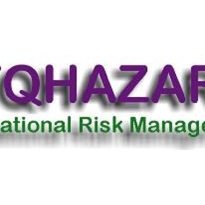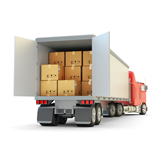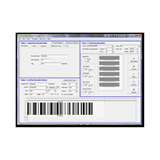The small to medium size enterprises who dominate the transport industry are often family run operations quite modest in terms of scale, yet driven by a clear commitment to building a successful business. Holidays become a thing of the past and hours become extended as the day to day running of the business becomes all consuming. Responding to the demands of customers and problematic issues of the day, take precedence and leave precious little time for longer term planning.
The goals for larger and the smaller operators are not dissimilar; maximising utilisation of vehicles is always a priority, billing clients correctly and quickly, providing customers with information so they know where their goods are and if they will arrive on time. The list goes on. Throw regulatory demands into the mix and all of a sudden operators are under the pump to meet the increasing demands from customers whilst also trying to keep a firm lid on costs.
So how do you build space to set your business up for continued growth when right now the immediate challenges aren’t abating and the time to really think about improvements is virtually non-existent?
If we take a look at businesses with sustained growth it is evident that solid foundations have been laid through systems and processes. Well considered, smart computer systems ensure the daily operations of these businesses consistently function to a high standard and provide management with accurate information. With automated, consistent and standard processes in place, owners and management are freed up to assess the business with an informed mindset, allowing time to focus on improvements and strategies for growth.
As margins are often wafer thin, many businesses will think long and hard about the financial investment required to take on a computer system, and rightfully so. Yet the short time it takes to achieve a return on this investment will surprise many. A transport management system will automate operational and administrative processes, orders will be priced correctly and invoiced quickly ensuring mistakes and lost consignments are a thing of the past. Improved fleet utilisation will generate further savings. The significant reductions in administrative effort coupled with elimination of revenue leakage will nearly always be large enough to justify the investment, with some businesses recouping costs in less than six months.
With a system in place performing much of the ‘daily drudge’ and revenue leakage firmly plugged, owners and managers can now concentrate on the important task of winning new business.
Contracts are without doubt, won and lost based on the ability to provide the greatest value to the customer and at the core of it, that value is delivering the highest service level at the lowest cost. Those operators with a good transport management system in place will have their costs under control and a platform to deliver more ‘smarts’ to the customer. These “smarts” may include mobile technology, POD, track & trace, real time web access for customers and electronic exchange of information. As technology becomes smarter so do customers, who are now demanding these services as standard. For those with “the smarts”, winning business has never been easier.
Evidence shows businesses without adequate computer systems in place will hit the wall on growth as people costs escalate and management has no time to plan. These businesses will either shrink back to a manageable size or fail against the competition. It takes most transport operators at least six months to properly evaluate, select and implement a new computer system. Add another six months to bed down the basics and deploy those ‘smarts’ and you’re 12 months away from competing with the best. Just working harder is not an option when you ‘hit the wall’. Utilise technology to regain control of your operations and build a strategic plan to drive performance benefits from those assets and good processes.


